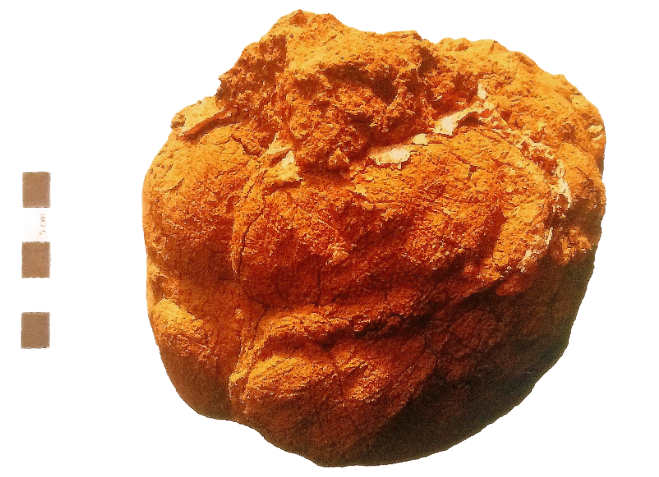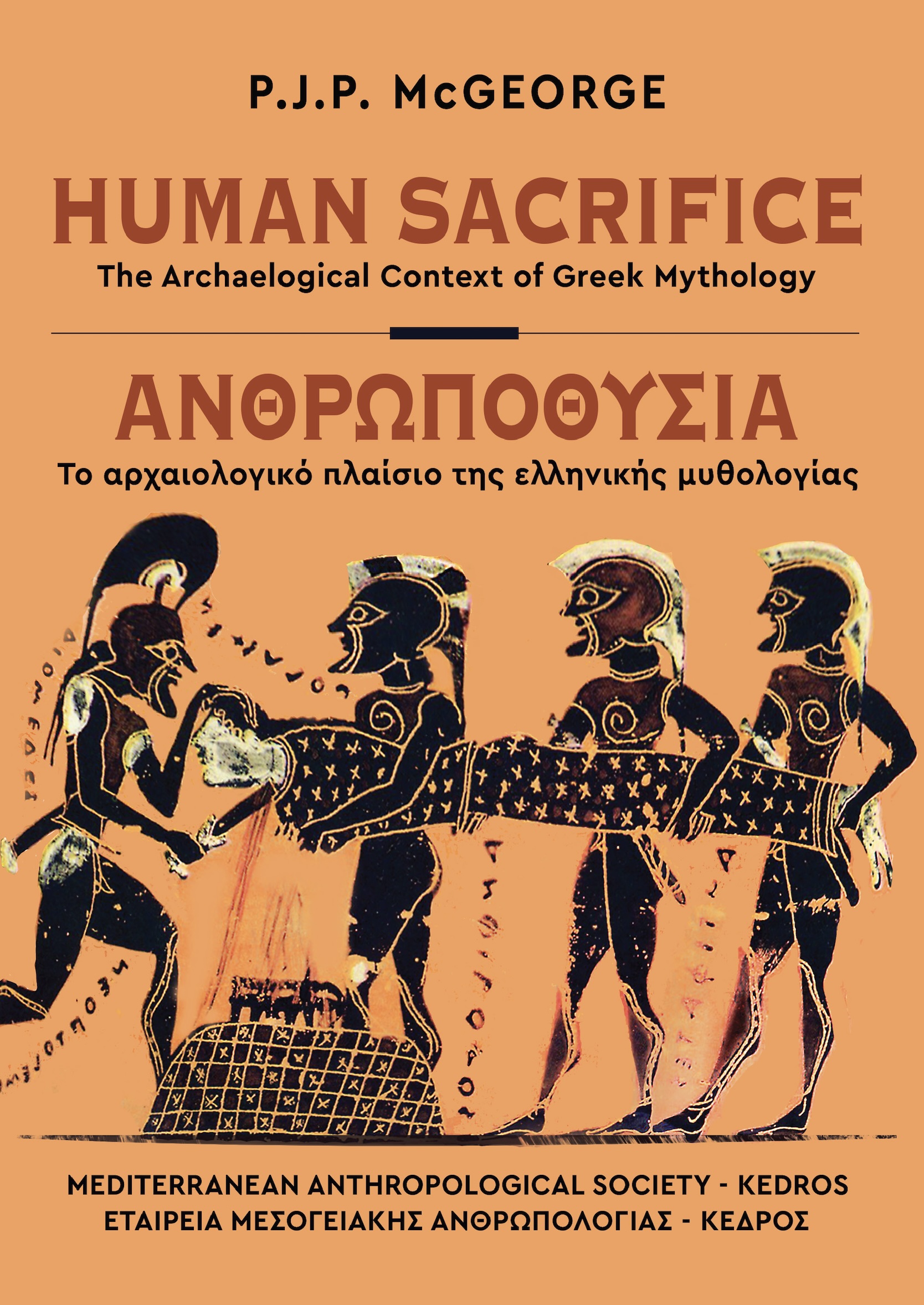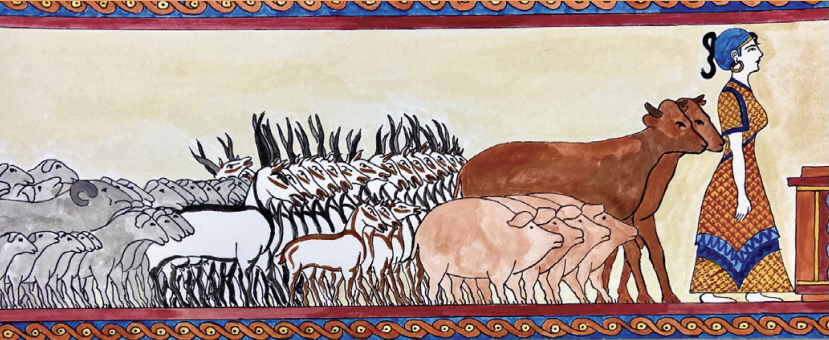A Physical Anthropological Approach to Mediterranean Antiquity
Scientific Research of the Anthropological Remains
Research and consultation on the excavation, rescue, and museum presentation of archeological sites in the Mediterranean, with a primary focus on Greece. A non-governmental and non-profit organization that benefits from a wealth of knowledge and experience from expert scientific contributors.
Publications - Books | Εκδόσεις - Βιβλία
Human Sacrifice
The Archaeological Context of Greek Mythology
Kydonia, 13th century BC. A catastrophic earthquake, between 6.5 and 7.5 Richter, causes a death toll, while the survivors face shock, utter devastation and social dislocation. In an attempt to pacify the angry chthonic gods, a young woman and forty-nine animals are ritually slaughtered. Mingled human and animal body parts, butchered in precisely the same way, were scattered over the cracked plaster floor of a colonnaded hall and sealed with stones. It is an act of profound humility and piety. The sacrifice was discovered thirty-three centuries later, during excavations of the ancient palatial complex on Kastelli Hill buried deep below buildings in the historic town of Chania. It is the earliest archaeological evidence for a Mycenean Greek form of maiden sacrifice recorded in myths. Until now regarded as fiction, this discovery proves the historicity of myth. Prior to the final decades of the 20th century excavated skeletal remains were rarely retained for study. Without anthropological research, this human sacrifice would have been lost. This book discusses burials from non-cemetery contexts and earlier, previously doubted claims for human sacrifice in prehistoric Crete. The author has been involved since the 1970’s in research on Minoan human skeletal remains.
ΑΝΘΡΩΠΟΘΥΣΙΑ
Το αρχαιολογικό πλαίσιο της ελληνικής µυθολογίας
Κυδωνία, 13ος αιώνας π.Χ. Ένας σεισμός 6,5-7,5 Ρίχτερ φέρνει τους επιζώντες αντιμέτωπους με την καταστροφή και την κοινωνική εξάρθρωση. Για να εξευμενίσουν τους χθόνιους θεούς θυσιάζουν μια νεαρή γυναίκα και σαράντα εννέα ζώα. Άνθρωπος και ζώα σφαγιάζονται με τον ίδιο ακριβώς τρόπο, διασπείρονται πάνω από το ραγισμένο γύψινο δάπεδο μιας περίστυλης αίθουσας και σφραγίζονται με πέτρες. Η πράξη συνιστά μια χειρονομία βαθιάς ταπεινοφροσύνης και ευσέβειας. Η θυσία αποκαλύπτεται τριάντα τρεις αιώνες αργότερα, κατά την ανασκαφή του ανακτορικού συγκροτήματος της αρχαίας Κυδωνίας στον λόφο Καστέλλι Χανίων. Πρόκειται για την πρωιμότερη αρχαιολογική μαρτυρία ελληνικής μυκηναϊκής θυσίας παρθένου όπως περιγράφεται σε αναφορές που θεωρούνται μυθοπλασία. Μία απόδειξη της ιστορικότητας των μύθων. Μέχρι την τελευταία εικοσαετία του 20ού αιώνα ελάχιστα από τα σκελετικά υπολείμματα των αρχαιολογικών ανασκαφών διαφυλάσσονταν και μελετιόνταν. Χωρίς την ανθρωπολογική έρευνα η ανθρωποθυσία που προαναφέρεται θα είχε παραμείνει άγνωστη. Στο βιβλίο παρουσιάζονται ταφές εκτός νεκροταφείων, καθώς και ανθρωποθυσίες της προϊστορικής Κρήτης, κάποιες από τις οποίες είχαν αμφισβητηθεί. Η συγγραφέας ασχολείται με την έρευνα του σκελετικού υλικού της Μινωικής Εποχής από τη δεκαετία του 1970.
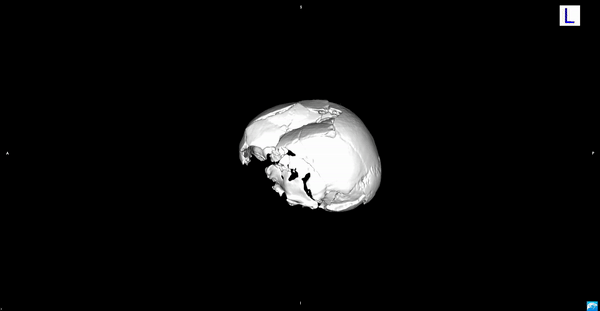
The Lady of Ippeios
Removing the schist stone slabs that sealed the cist grave at Ippeios uncovered a tragedy twenty-eight centuries old. The excavation brought to light the skeleton of a young woman, aged between 21 and 25 years of, elegantly attired, with exquisite gold jewellery and four bronze fibulae that adorned her clothing.
Hagios Charalambos 2017
The study took place from June to early August 2017 at Instap Study Centre in East Crete. Three volunteers came for brief periods of time to help sort and number bones: clavicle bones (405), humeri (664), and sub-adult radii (45), supplemented previous work on these elements. The material was photographed and recorded (on paper and digitally). Pathologies were x-rayed.
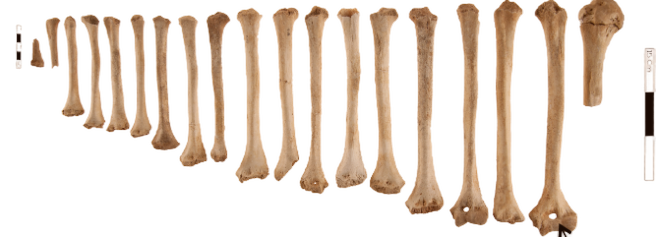
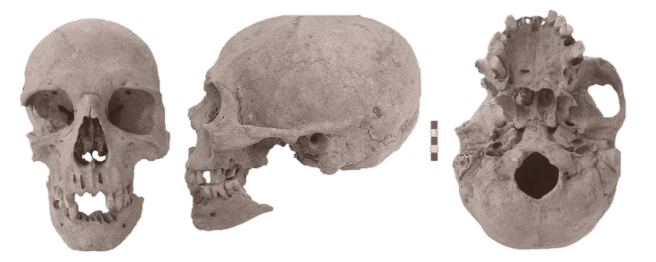
Anthropological Remains from Mycenaean Tombs at Kompotadhes in the Spercheios Valley, first impressions
The cranium has slightly sunken cheek bones, more noticeable on the right due to caries and abscesses affecting the molars on both sides of the oral cavity, as well as the loss of several teeth from the mandible.
Palaeopathological investigation of geopoiesis of a 5th century BC brain
We present the palaeopathological investigation of geopoiesis of a brain of a young woman, between 18 to 25 years of age, from a 5th century BC tomb excavated in the cemetery of the acropolis of Exombourgo on the Island of Tenos in the Aegean.
